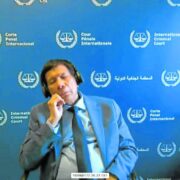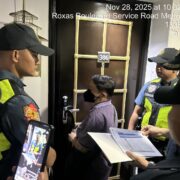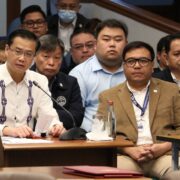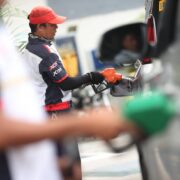Let The Youth Lead: A Shared Future for People and Planet

In the Philippines, one of the world’s most climate-vulnerable countries, it is the young people who bear the brunt of environmental decline. Plastic-ridden rivers, denuded forests, intensified weather events, and relentless loss of biodiversity are not abstract warnings but are the daily realities of the country and the Filipino youth. For years, I felt that we remained excluded from decisions about the ecological heritage that we are bound to inherit. But this is beginning to change.
In May, youth leaders from Asean countries gathered in Manila for the Asean Youth in Climate Action and Disaster Resilience Conference. Their discussions culminated in an Asean Youth Declaration for COP30 with a bold call for regional climate justice and youth inclusion.
Climate Change Commission Secretary Robert E.A. Borje emphasized the importance of providing platforms for young people to “copartner, colead, and cosolve” the most pressing environmental problems. This statement was echoed at COP29, where the Philippine youth delegation submitted the 2024 Philippine youth statement on climate change, which was crafted by more than 200 young leaders, including members of Sangguniang Kabataan councils.
The statement called for an array of demands, including “an increase in government investment in renewable energy, full integration of loss and damage topics, and climate and biodiversity education in our national curriculum, and the creation and promotion of green and blue jobs to support our growing economy.”
Young people today are problem-solvers who blend local knowledge with digital fluency. They contribute to policymaking by offering grounded, community-based insights and realities. They are not just advocates but planners, communicators, and organizers who push for inclusive, context-based, and long-term solutions to environmental issues.
Young people are taking a proactive role in monitoring biodiversity through citizen science, leading environmental education projects in their community, and engaging in policy dialogues at the local level. The grassroots actions of young people are building momentum for a more sustainable and inclusive future.
But despite the growing influence of the youth, there are still barriers that impede our growth—lack of funding to support activities, persistent tokenism, and the marginalization of indigenous peoples as well as other unrepresented sectors. For example, youth delegates were invited to speak at high-level events, but their contributions were excluded from final decisions.
People in positions of power and influence must provide funding opportunities for youth-led environmental projects, allow formal youth representation in decision-making bodies, and offer mentorship to build sustainable, inter-generational leadership.
Genuine youth representation requires actively including underrepresented voices, such as the indigenous youth, and ensuring that the perspectives are reflected in actual policies. Anything less shrinks our involvement to be performative, rather than the transformative spirit the ecological crisis demands.
If we are serious about creating a livable planet, we must treat young people as equals. The future we are striving to build belongs to all of us – and it will take all of us to protect it.
DEIGN FROLLEY SORIANO,
alumnus, WWF-Philippines National Youth Council

















Shortcutting education risks long-term harm